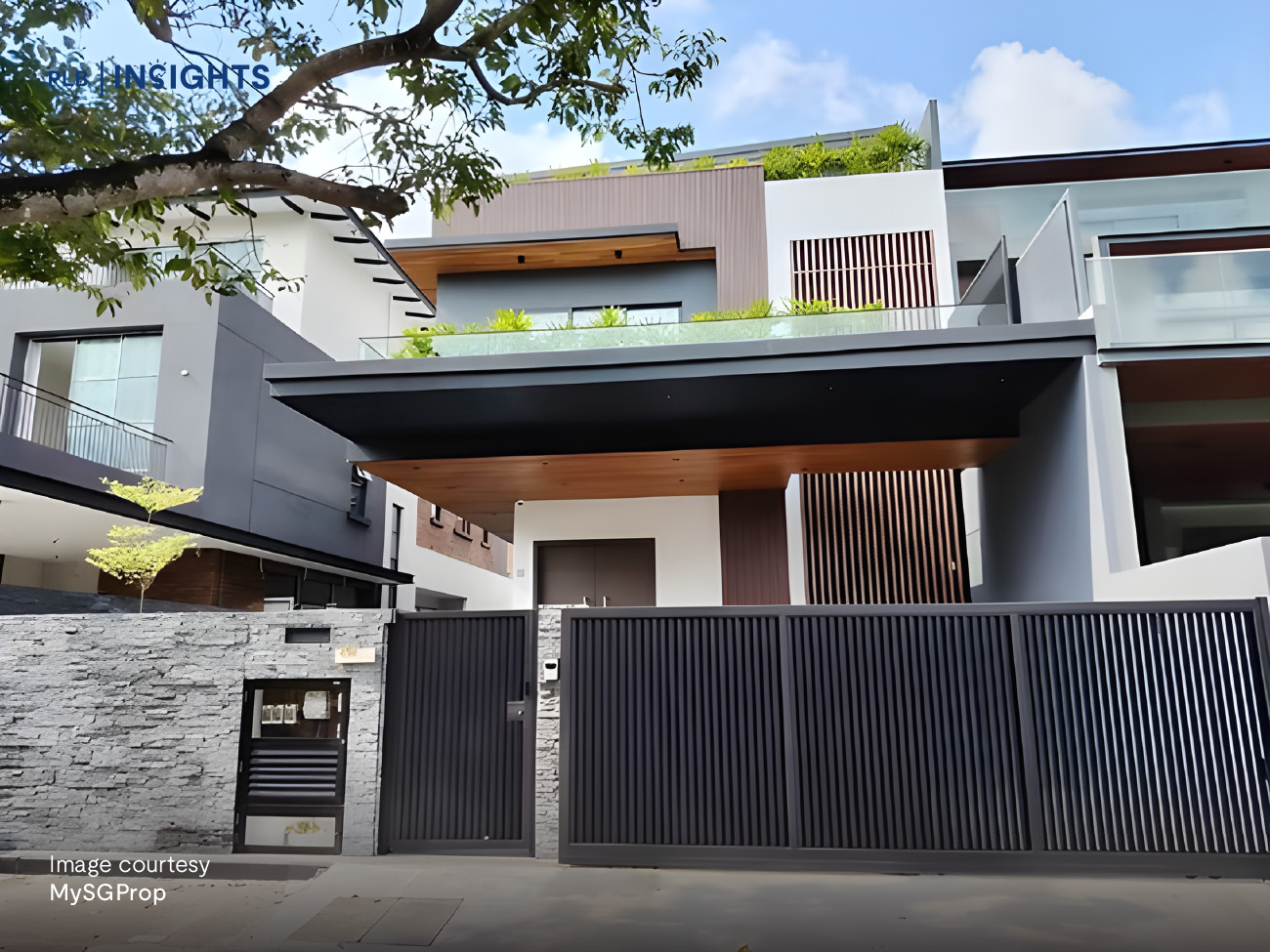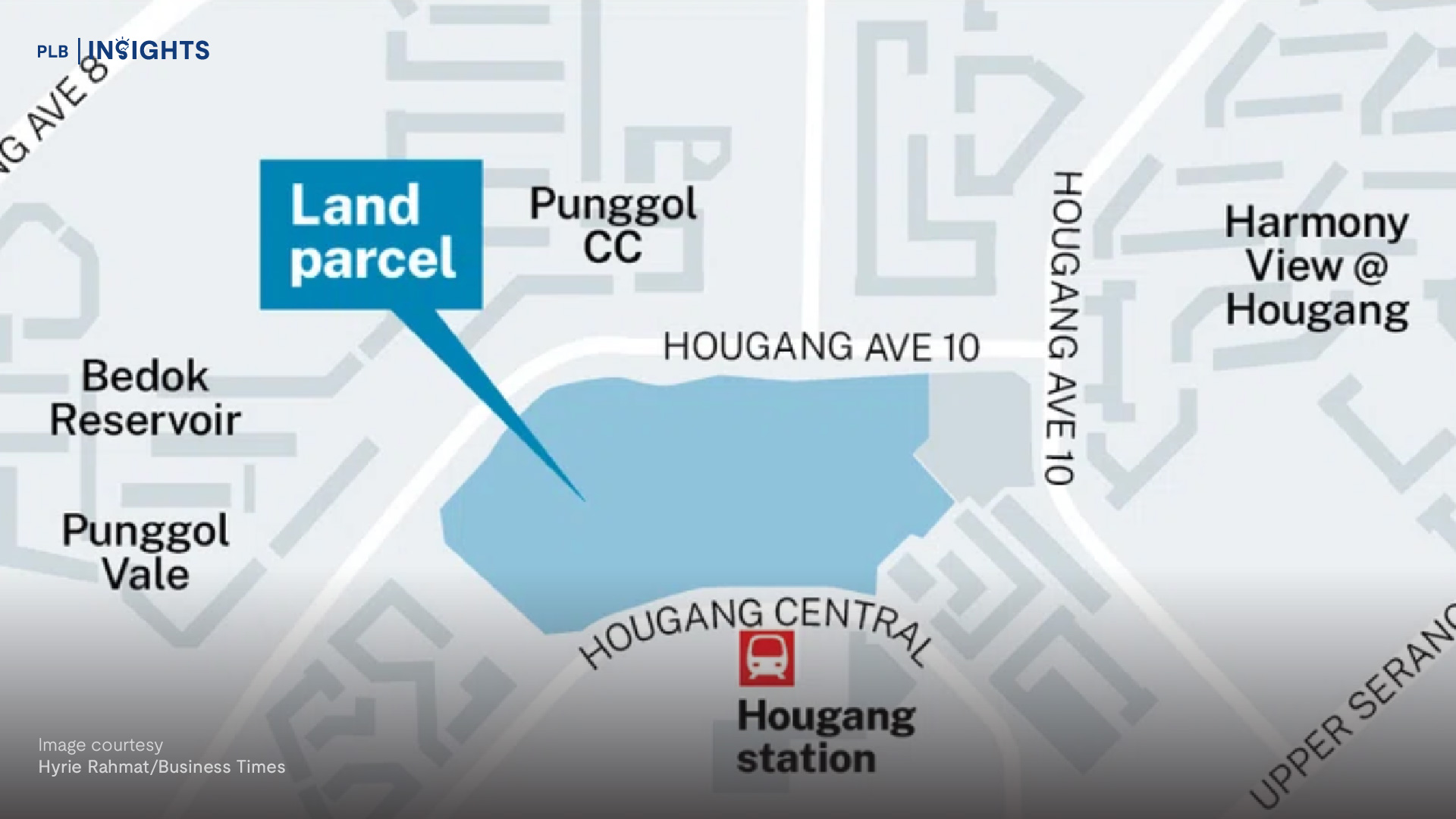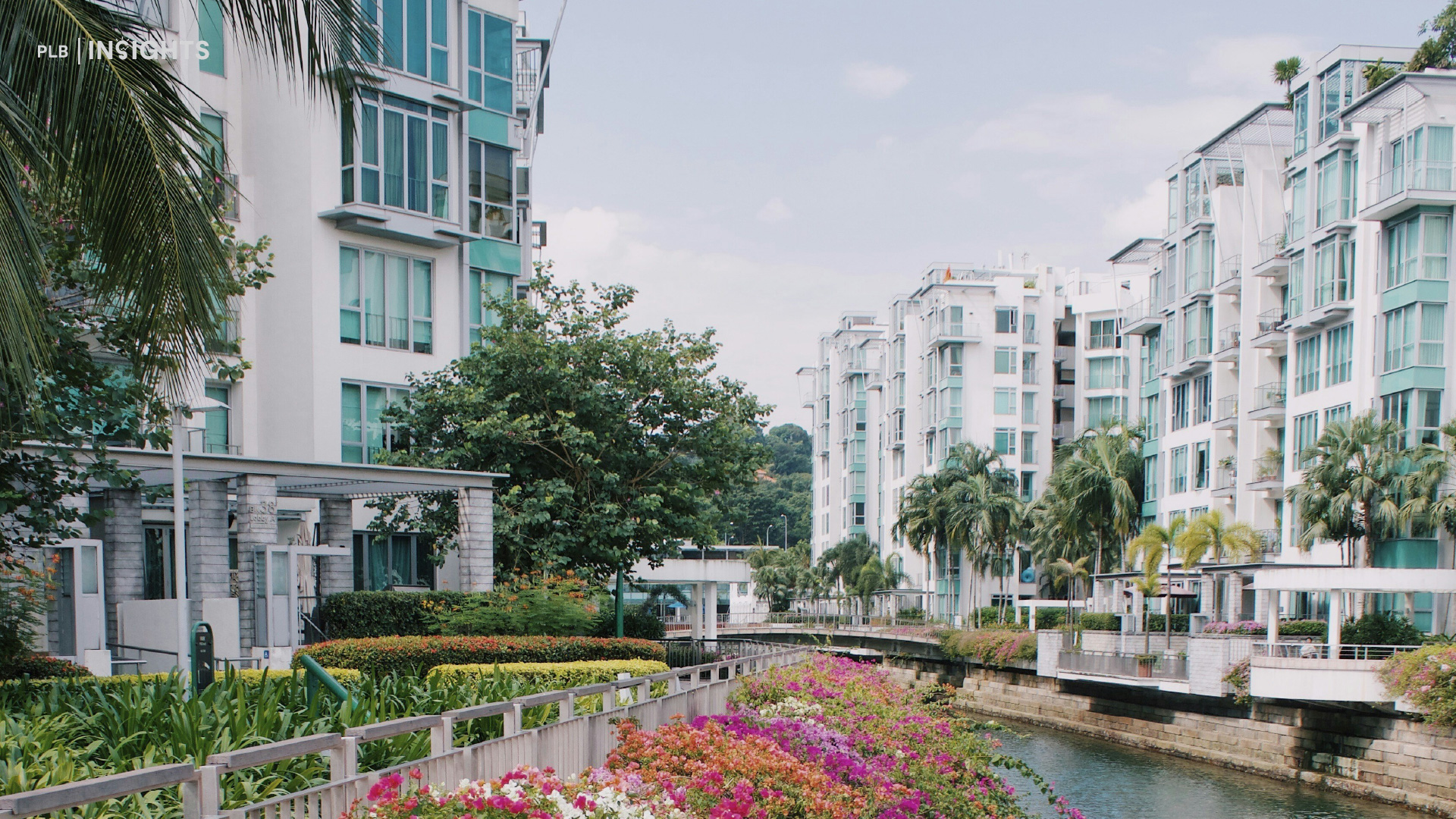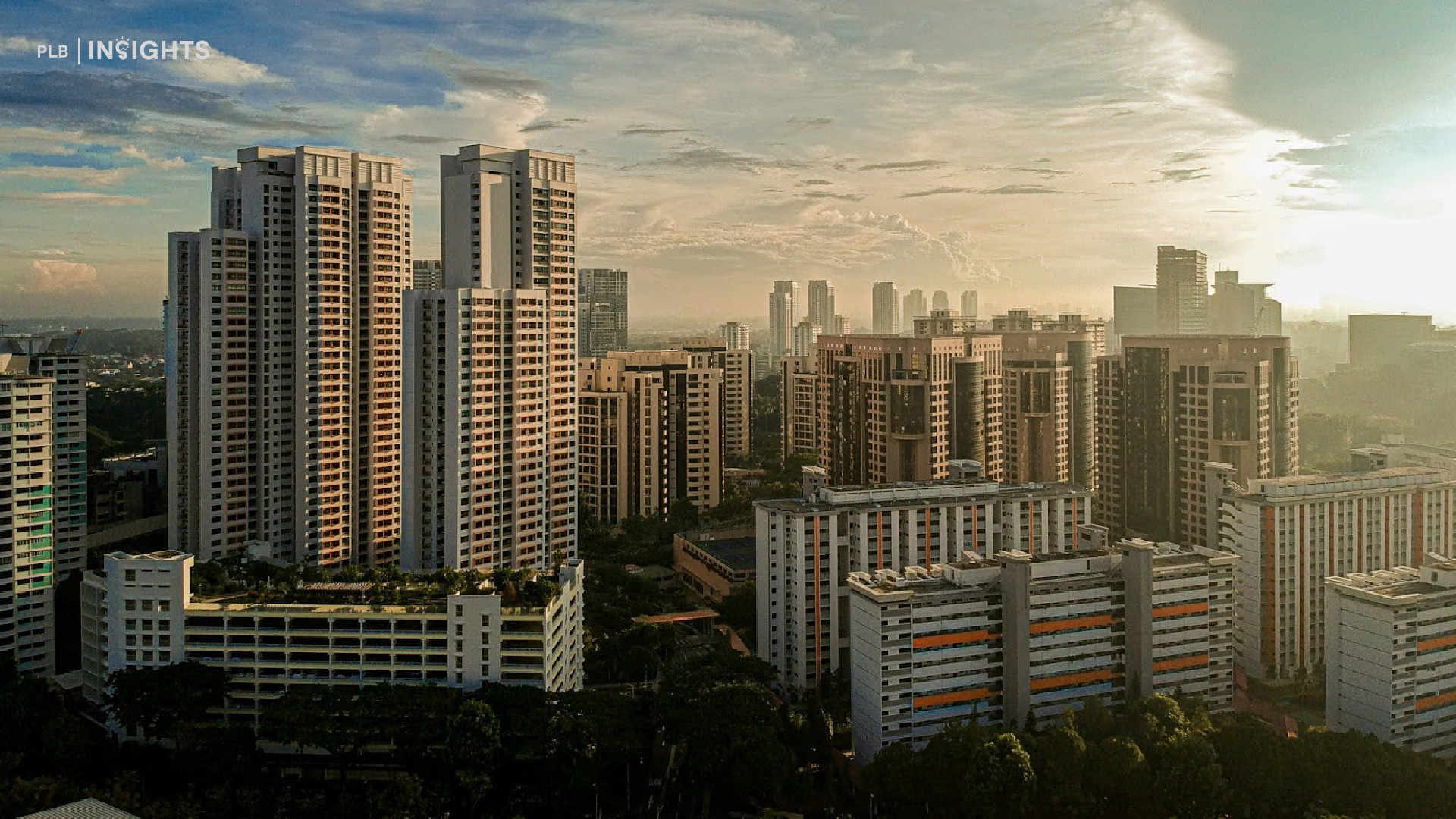
As the year draws to a close, we thought that it might be apt to look back at how each market segment or region in Singapore has performed for the year. While it is no secret that the overall private residential market has had a decent year (possibly by virtue of several factors such as pent-up demand from COVID-19, bullish sentiment among investors, as well as HDB dwellers taking advantage of the sellers’ market to upgrade to a private property etc.), does that necessarily mean that all regions performed equally well?

In today’s piece, we will thus be zooming into the private properties’ price behaviours for the Core Central Region (CCR), Rest of Central Region (RCR) and Outside Central Region (OCR) to study their individual performances for the year. Concurrently, we will also discuss whether the worst-performing region is facing a crisis or does it actually present investors with an opportunity to enter into a future growth region.
Market Overview
Let us preface this section by highlighting that at the time of writing, we were only able to derive data up till the month of end-November, and data used was regardless of sub-property type, tenure or age. That being said, 11 months’ worth of data should provide us with a pretty good basis for analysis.
Non-Landed Private Residential (ex. ECs)

Performance of Non-Landed Private Residential (ex. ECs) 2021 by Region, data courtesy 99.co
Admittedly, without first taking reference to the facts and figures, one might think that OCR is highly unlikely to come in last in terms of performance. After all, we saw great take-up rates for OCR new launches, such as those in Pasir Ris 8, or The Watergardens at Canberra.
However, it is apparent from the chart above that OCR, unfortunately, is the worst-performing for the year so far, while RCR turned out to be that overachieving kid with an astonishing +36.84% gain. On that note though, we could not help but notice the sudden spike in average PSF price in the RCR from Oct’21 to Nov’21. Upon further study, we attribute that to the well-received recent new launch development, Canninghill Piers. With Canninghill Piers’ transaction volume making up close to 55% of November’s total transactions, coupled with the fact that its PSF pricing was closer to that of the CCR’s (albeit being demarcated under the RCR), it is no wonder that the RCR region enjoyed a boost in average PSF price for Nov’21. Keep in mind this interesting observation as we will discuss later on whether this jump in PSF pricing is justifiable.
Here, we can see that the RCR eventually managed to emerge as the best performer with average PSF gains of +36.84%, followed by the CCR with gains of +13.74%, and lastly the OCR with gains of +6.67%.
Landed Private Residential

Performance of Landed Private Residential 2021 by Region, data courtesy 99.co
Performance in the landed segment mirrors that of the non-landed segment in the sense that RCR is also the best performer with average PSF gains of +19.42%; followed by CCR with gains of +13.53%, and finally the OCR trailing behind closely with gains of +13.17%.
To keep things succinct, we will be focusing on the Private Non-Landed Residential segment in today’s piece, do leave a comment on our Instagram@propertylimbrothers should you wish to see an analysis for the Private Landed Residential segment as well!
Price Gap & the Disparity Effect in RCR
With the hard facts out of the way and now that we have gotten a clearer idea of the average PSF performance in the three regions, let us go back and briefly address the elephant in the room – RCR pricing being very close to CCR pricing for the Private Non-Landed Residential segment in Nov’21.
At PropertyLimBrothers, we often talk about the Disparity Effect. This effect comes into play when new launches set a fresh benchmark in the region/district/segment, giving birth to a price gap or disparity between themselves and its resale counterparts. This will subsequently cause a ripple effect into the resale properties around the new launches to create an upward trend movement in the overall pricing over the next couple of years.
Will we see the effect taking shape in the RCR region moving forward?
Conservatively speaking, we think that the huge spike in average PSF in the RCR (for Nov’21) to match that of CCR’s could be a temporary anomaly due to Canninghill Piers’ launch. Bearing in mind that Canninghill Piers is located just on the cusp of the CCR and with it being an integrated development of an iconic architectural design, it is not difficult to understand why it is able to command a significant premium relative to other RCR developments – which possibly played a huge part in bumping up the average PSF pricing in the region for the month.
Be that as it may, one important implication that we observed however, is that buyers’ appetite for higher prices (at least in the RCR) is not waning. This is evidently so from the robust sales recorded by Canninghill Piers in spite of the pricing. Hence, we think that the disparity effect will still occur, but in a gradual fashion, further fuelling an upward momentum in price for the entire RCR region over the long run. Nonetheless, we believe that there are still investment gems to be found in this region – if you are looking to invest in the RCR, feel free to drop us a message here.
Possible Reasons for Muted Performance in OCR in 2021
Comparatively, this makes the worst-performing region, OCR, seem undervalued and possibly have some room to play catch-up with the RCR…or is that really that case? Let us find out.
Demand Present, but Supply Sufficient to Cater to Demand
As mentioned earlier, it is no doubt that there is demand for OCR properties. This then begs the question, why is the price trend not reflecting buyers’ exuberance accordingly?

Data courtesy EdgeProp
We think that the first reason could be due to supply and demand, where the supply present in the OCR was enough to cater to the demand.
We did an analysis of the supply in the market, taking into account both Residential Stock as well as Uncompleted Units Launched in 2021.

Residential Stock, data courtesy URA

Uncompleted Private Residential Units Launched, data courtesy URA
The average supply per quarter in 2021 (including both completed & uncompleted units) therefore was as follows:
-
CCR: 70,855
-
RCR: 93,227
-
OCR: 144,551
What we see here is that the OCR has approximately 1.5x as many units as compared to the RCR, and twice as many as in the CCR. The caveat here is of course not all units in the market were put up for sale, but these numbers give us a good proxy for the estimated supply proportion across the three market regions.
With a lot more units available for selection in the OCR in terms of absolute numbers, it could have granted buyers slightly more bargaining power when it comes to price negotiation (as opposed to in RCR & CCR), slowing down the OCR’s price growth a little.
Possible Collateral Effect from HDB’s PLH Model
With the introduction of HDB’s Prime Location Public Housing (PLH) Model at the end of Oct’21, public flats in the periphery of the prime areas (which will not be subjected to the slew of restrictions) likely saw an uptick in demand and consequently, increase in pricing. Take for instance this HDB loft unit that was recently sold for S$1.33million.
With public resale housing prices in the CCR & RCR inching closer to that of the older private resale properties, acute or seasoned buyers might have realised that there is a window of opportunity in the private market of the central regions as they now appear to be slightly undervalued in the face of rising flat prices. This might have encouraged some buyers to flock to the central regions for their private property purchase, temporarily drawing demand away from the OCR.
We have previously done an in-depth study of the effects that could arise from the PLH Model, do give it a read here if you are interested to learn more.
Increased Demand in CCR Post-COVID
If you have been following the news, you might be aware of the trend of affluent buyers snapping up luxury homes in the CCR, such as the Les Maisons Nassim penthouse that was sold for $75m, or units at Jervois Mansions in Prime District 10 being taken up in a rather short period of time.
In addition, with the easing of border measures, we have also got more foreigners looking to purchase properties in Singapore, especially in the CCR.
Again, this might have momentarily diverted some demand away from the OCR.
Crisis Or Opportunity for OCR?
While the OCR has experienced a slower growth in 2021, we are confident that this is by no means a crisis for the region, especially with the pipeline of plans that the Singapore Government has in store for certain areas in the OCR. If anything, this period could be a good time for one to make their property purchase before prices start to rise again.
We have identified some exciting plans that could bring forth growth and appreciation to properties in select areas of the OCR:

Jurong Lake District, image courtesy JLD
District 22 – Jurong Lake District
The Government has plans to transform Jurong Lake District into the next largest business district outside of the Central area. There will be spaces for people and businesses to live, work and play, all in a unique lake setting that blends the vibrancy and attractions of a business district with water and greenery. There will also be a new train line – Jurong Region Line which will improve connectivity and accessibility to major business centres and education hubs in the West and the Central.
Although the initially-planned High-Speed Rail (HSR) project has unfortunately been called off, we think that the developments planned for the area could still present investors with rental play opportunities with tenants coming from the various employment hubs to be built in the coming years.

Woodlands Regional Centre, image courtesy URA
District 25 – Woodlands Regional Centre, North South Corridor
Plans have been scheduled to develop the Woodlands Regional Centre to be the largest economic hub in Singapore’s North region.
Over the next 15 years, there will be spaces set aside for business, industry, research & development, as well as learning & innovation. The Woodlands Regional Centre will be situated within a vibrant and green landscape, with connectivity to key locations in Singapore and Johor Bahru, enabling it to serve as the strategic centre for the Northern Agri-Tech and Food Corridor. Woodlands Central is also envisioned to be a regional business hub with multiple office and retail developments.
The cherry on the cake will also be the upcoming North South Corridor (NSC) which will directly connect the Northern region and the city centre, cutting down travelling time to the city.
We think that these plans will bring about a broad range of jobs to the North, increasing the tenant pool for property investors. With renewed rejuvenation into the area where convenience and accessibility will be enhanced, we will also not be surprised that properties in the region will benefit from increased buyer demand and capital appreciation.
Final Thoughts
Here we have it, the best-performing region in 2021 (at least till end-Nov’21) is the RCR, while the not-so-great performer is the OCR. Although the OCR’s growth rate is not as strong as compared to the RCR and CCR for the year of 2021, we expect it to still perform decently in the coming years (or even catch up to the central regions), especially with the pipeline of plans that the Government has in store for some of the districts in the OCR.
The overall property market in Singapore continues to be growing healthily and steadily. With factors such as a stable government, strong economy and sound policies, we think that the property prices will continue to grow at a sustainable manner, making it an attractive asset for investment.
As with all asset classes, there are bound to be periods of cyclical upturns, downturns and stagnation depending on the sub-property type or the market region (as per what we have witnessed in this article). While we are unable to control some of these extraneous factors, what we can take note of will be how to identify opportunities and take advantage of them when they come, being aware and committed to our plan and having our finances sorted out so that we can enjoy strong holding power to ride out the market cycles. Should you need help and advice in this aspect, do get in touch with the PropertyLimBrothers team, and we will always be happy to help!
We hope that this article has given you some insights and possible explanations behind the performance of the CCR, RCR, and OCR in 2021. Take care, and keep a look out for our next article!
Should you need further advice for your property purchase journey, feel free to get in touch with the PropertyLimBrothers team, and we will always be happy to help.
If you have enjoyed this piece, we think that you might also be interested to check out our past article,Where should I buy for property investment — districts, area, types of condos and more.









